Entrepreneur Stories
Amazon’s Inspiring Growth Through The Years

The year was 1997 and Amazon was losing more money than selling the books it was so proud of having. However, with courage that would impressive even the fiercest lion, Jeff Bezos decided the best way to counter this backlash was by going public in the same year when profits were at an all time low. Going public on Nasdaq with $ 18 per share, Amazon proved everyone wrong. From the time of the IPO to present day, Amazon has grown so much that if you invested $ 10,000 in a share in 1997, your shares would currently stand at a value of $ 4.8 million! Here’s taking a look at the impressive growth of Amazon through the years.
1997 to 2000
The moment Amazon.com went public, it was like a brand new revolution hit the internet.
- With close to 80K regular users, close to $ 2.4 billion was spent on online shopping and on the Amazon website.
- At $ 18 per share, the valuation of this e commerce platform stood at $ 438 million, giving it hopes of becoming a profitable company despite the multiple losses.
- Finally realising the importance of branching out into different sectors, Amazon decided to expand the number of products available from one to 17, with 143 subcategories a year after it goes public.
- To increase the user experience, Amazon introduced the one click checkout and promptly patents it, realising no one else had that feature at that point.
- By the year 2000, Amazon’s share value had started climbing up steadily and by the time the dot com bust was in the offing, the share value stood at $ 91 per share.
- While several e commerce websites and other startups plummeted into destruction, Amazon stood on semi solid ground.
- Despite the steep decline of its share value (from $ 91 to $ 15,) Amazon decided to launch Marketplace, a feature which not only let the e commerce platform survive the bad times, but also allowed third party users.
- Increasing the users from 4 million to 5.5 million, this extremely smart move not only ensured the survival of Amazon during the bad times, but also ensured its ride through to success.
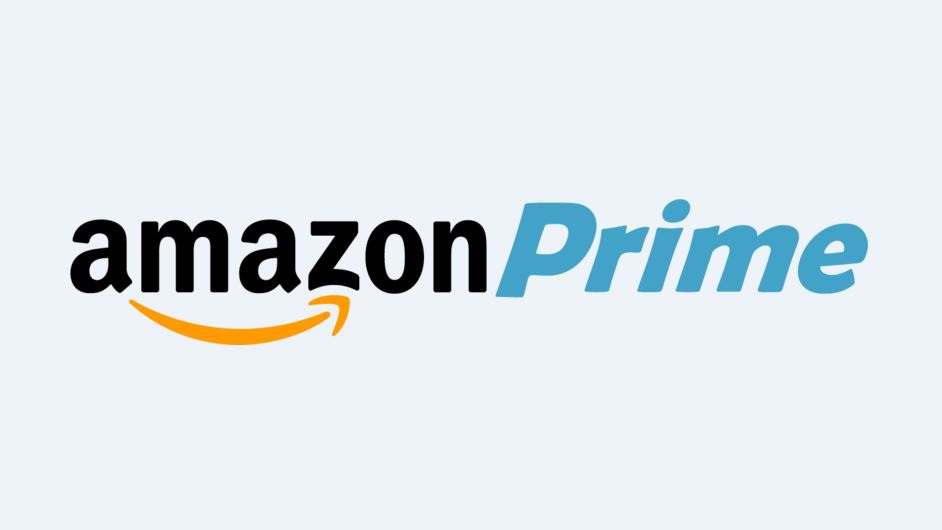
2000 to 2006
From the increase in the number of users to the introduction of new features, Amazon saw a massive surge in the response from people.
- Amazon broke the internet with Free Super Saving Shipping for orders worth over $ 99, providing online shoppers with incentives to buy more, thereby increasing their revenue.
- Looking at the success the Free Super Saving Shipping service garnered, Amazon introduced the first Cyber Monday sale! Over the years, this sale became so popular, it accounted for $ 3.45 billion in sales, with the day it was launched earning the most revenue in 2016.
- Entering into new services and products, Amazon launched Amazon Prime, a one day delivery guarantee for people with the Prime membership. So well received was this service, it inspired a similar launch by other e commerce platforms like eBay and Alibaba.
- The year 2006 was quite a revolutionary year for Amazon, with the e commerce platform launching Fulfillment, a service for third party users. Now, this particular feature is available in over 100 countries!
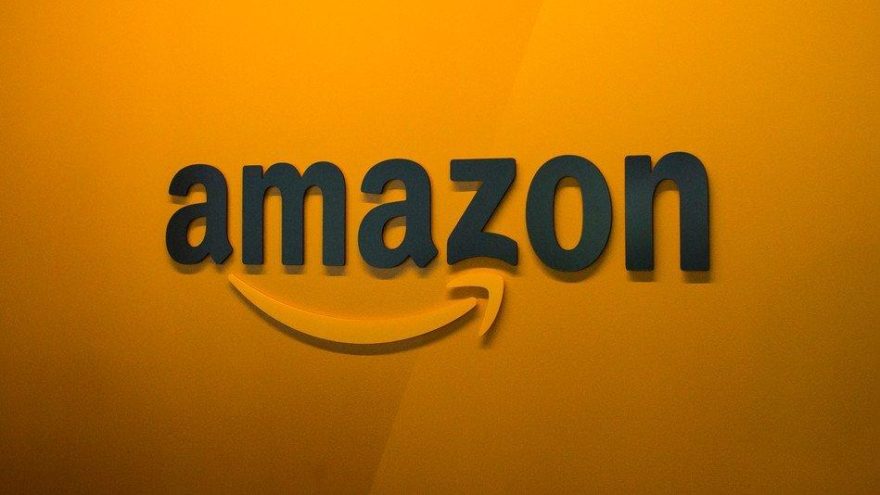
2006 to present
The year 2006 saw an increase in the kind of people buying phones online, with Amazon being one of the first platforms that started selling the iPhone on the internet. With over 80 % of the people shopping for everything from books to electronic gadgets on the internet, it comes as no surprise that Amazon is one of the most famous and revenue generating platform in the world. In fact, for the last couple of years, Jeff Bezos has been so wealthy, he has held the position of being one of the richest people for the last few years in a row!
Entrepreneur Stories
Indian Man Quits JPMorgan, Takes 70% Pay Cut to Launch $6 Million Startup
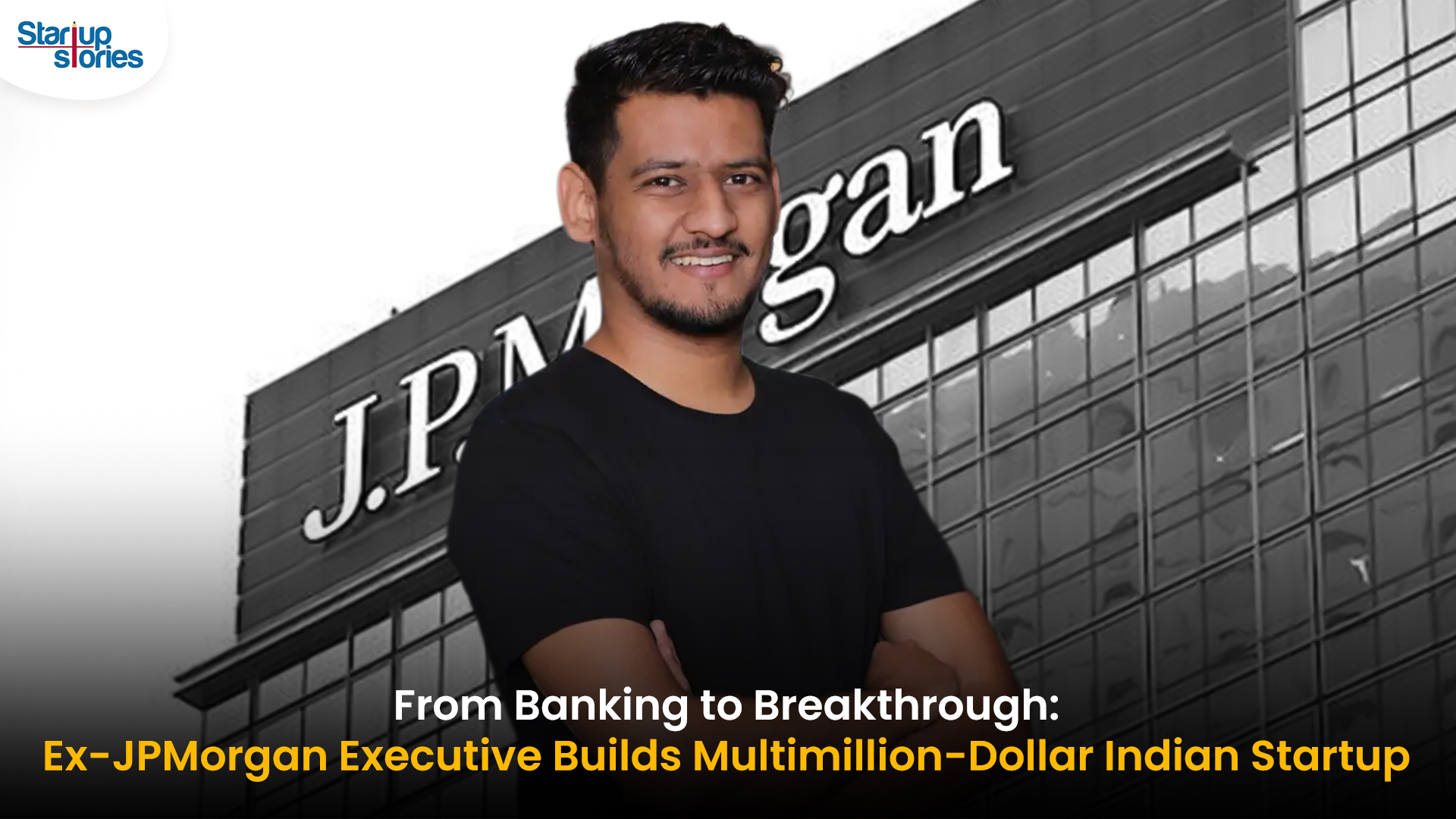
Leaving behind a high-paying job at JPMorgan, an Indian entrepreneur embraced a 70% salary cut to pursue true purpose and passion in the startup world. Disenchanted with what he described as a “robotic” corporate routine, he sought meaningful work that made a real impact. This pivotal decision marked the beginning of his new journey, one focused on value creation rather than titles and corporate perks.
Powered by resilience and fresh perspective, the entrepreneur launched his own startup, prioritizing innovation and hands-on solutions. The road was challenging, but his vision resonated with the market: the startup quickly gained traction and raised $6 million—an impressive acknowledgement of its potential in a competitive landscape. Every hard lesson from early setbacks and bootstrapping paid off in real customer growth and investor confidence.
Today, his journey stands as an inspiring example for professionals seeking authentic success outside the corporate grind. By trading comfort for creative freedom, he grew a venture that solves important problems, generates jobs, and builds wealth beyond just salary. For ambitious founders, his story highlights the power of risk-taking, adaptability, and relentless focus on impact in India’s thriving startup ecosystem.
Videos
Larry Page: The Visionary Co-Founder Behind Google’s Global Success
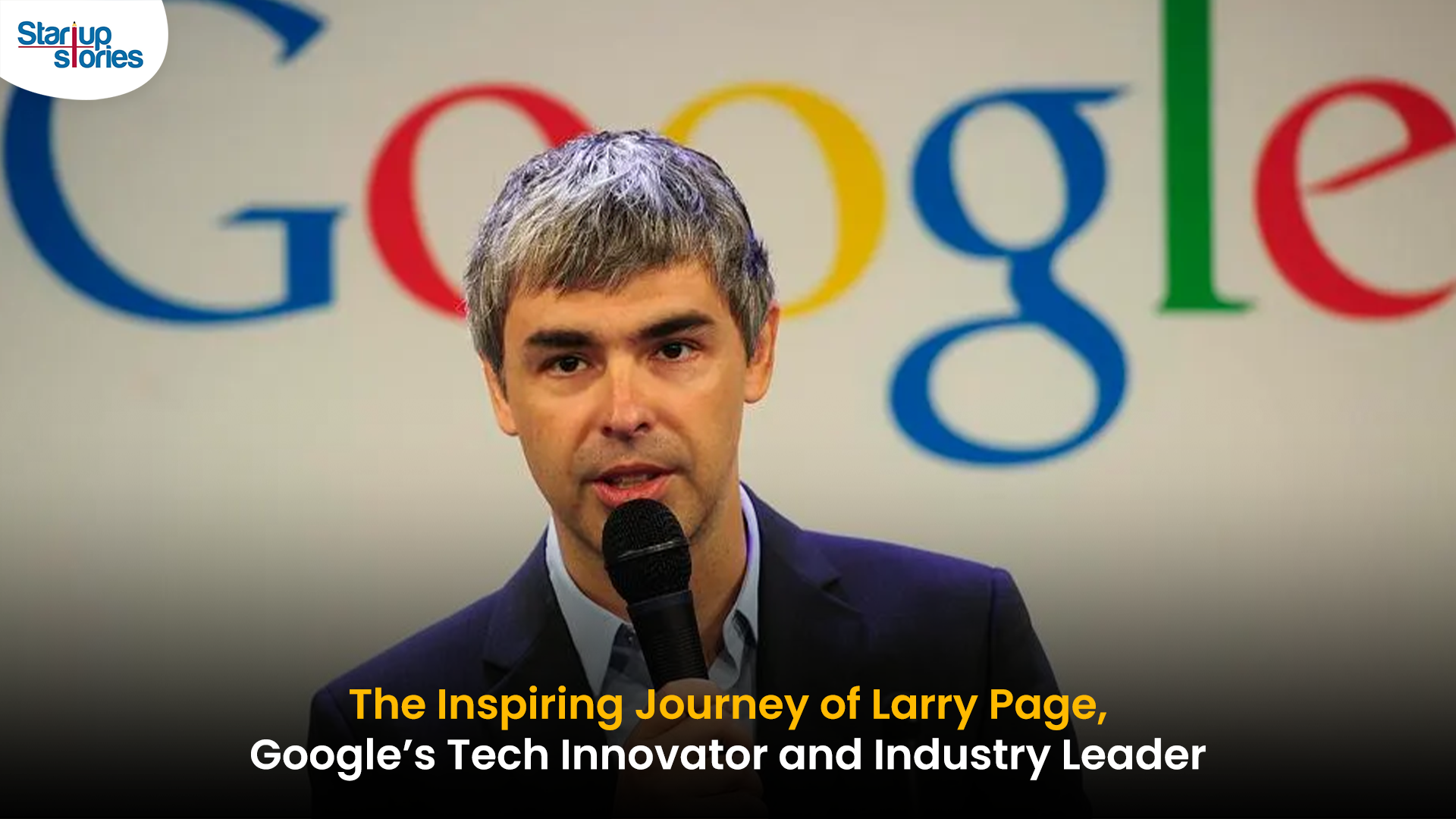
Larry Page is a visionary technology entrepreneur and co-founder of Google, one of the world’s most influential companies. Born in 1973 in Michigan, Page grew up surrounded by computer technology, which inspired his passion for innovation from an early age. He studied computer engineering at the University of Michigan and later pursued his PhD at Stanford University, where he developed the revolutionary PageRank algorithm with Sergey Brin. This technology fundamentally changed the way search engines rank websites, making Google the most accurate and popular search engine globally.
The journey of Larry Page and Google began in 1998 when they officially launched the search engine from a small garage. Leveraging their unique algorithm, Google quickly surpassed competitors due to its ability to deliver highly relevant search results, transforming internet search forever. Under Larry Page’s leadership as CEO, Google expanded beyond search to launch groundbreaking products including YouTube, Gmail, and Google Maps, turning it into a global tech powerhouse that shapes how we access and interact with information online.
Larry Page later became the CEO of Google’s parent company, Alphabet Inc., driving innovation and investment in next-generation technologies such as artificial intelligence, autonomous vehicles, and healthcare solutions. His visionary leadership and commitment to technological advancement have cemented his legacy as one of the most influential figures in the tech industry. Today, Larry Page remains a key influencer in shaping the future of technology and digital innovation worldwide.
Entrepreneur Stories
India’s Tech Story: Airtel Spreads AI Access, Ohm Mobility Lessons
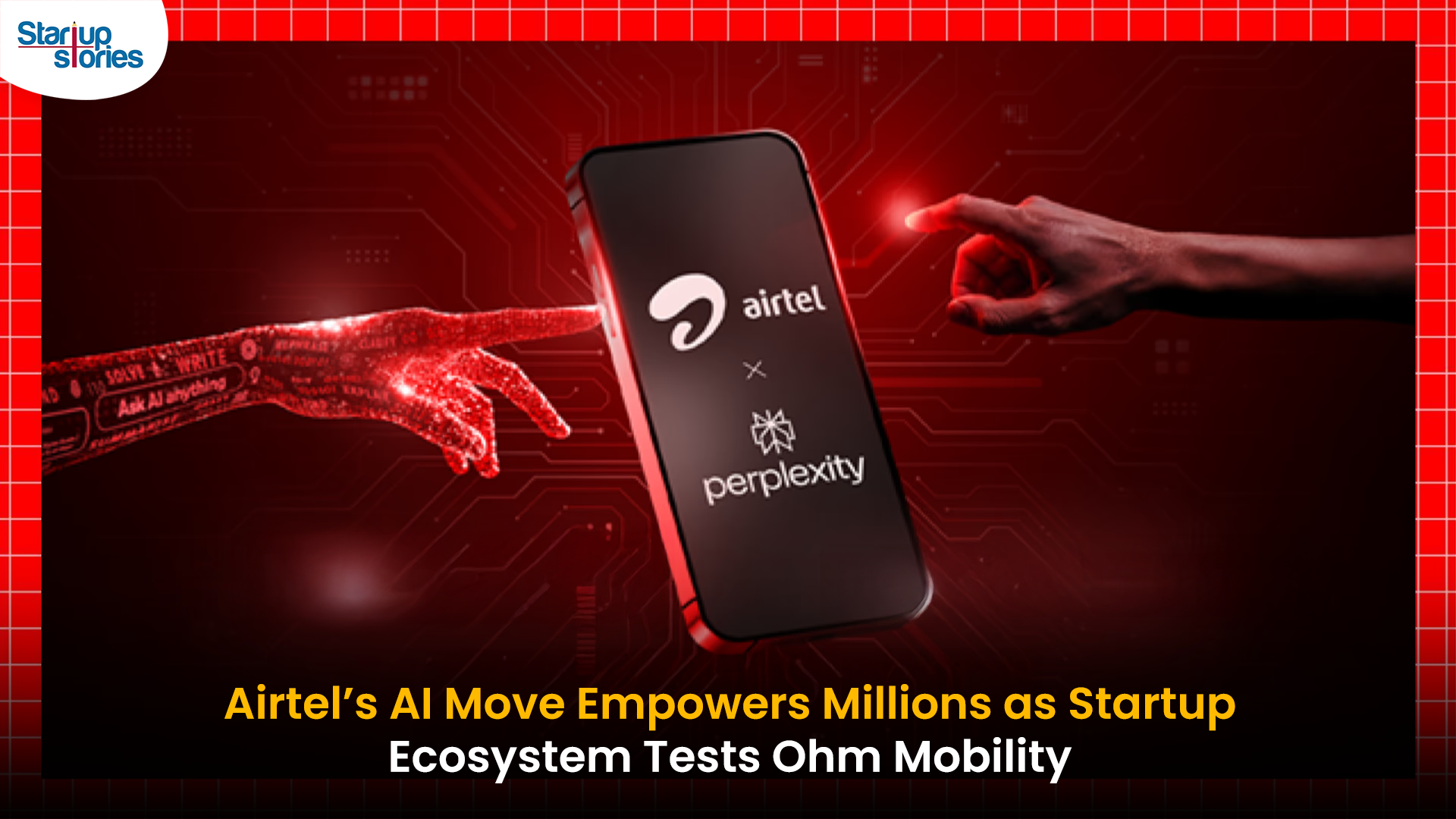
Bharti Airtel has launched the innovative “Airtel-Perplexity Blueprint,” partnering with Perplexity to provide over 360 million customers free access to Perplexity Pro for a year—a benefit valued at ₹17,000 ($200). This collaboration enables Airtel users across mobile, broadband, and digital TV to harness advanced capabilities in generative AI, including leading AI models like GPT 4.1, Claude, and Gemini, along with up to 300 Pro searches daily, image generation, document analysis, and personalized planning services. The move is seen as a milestone for telecom innovation and the democratization of AI in India, making powerful research and productivity tools accessible to a massive user base.
This strategic partnership positions Airtel as an “AI-first” telecom provider, allowing it to gain key insights into user interactions with artificial intelligence and adapt its networks for growing digital demands. For Perplexity, the tie-up grants exclusive access to India’s vast telecom audience, rapidly propelling the app to the No. 1 spot on the Indian App Store, surpassing global competitors like ChatGPT and Google Gemini. Airtel customers can activate their complimentary subscription seamlessly through the Airtel Thanks App, under the Rewards and OTTs section, reinforcing Airtel’s commitment to digital customer empowerment.
The broader Indian startup ecosystem reflects both breakthrough innovation and hard-earned lessons, illustrated by the recent shutdown of Ohm Mobility, an EV financing startup. Despite multiple pivots and industry-leading investors, Ohm Mobility struggled to achieve a sustainable business model—a reminder of the challenges in market fit and adaptability. As AI adoption accelerates and startup realities evolve, industry leaders like Airtel and Perplexity are setting new standards, while others, like Ohm Mobility, offer valuable insights on resilience and the importance of business model flexibility in India’s dynamic tech landscape.














J88
November 6, 2025 at 9:39 am
Đến với J88, bạn sẽ được trải nghiệm dịch vụ cá cược chuyên nghiệp cùng hàng ngàn sự kiện khuyến mãi độc quyền.
谷歌站群
November 8, 2025 at 4:44 pm
专业构建与管理谷歌站群网络,助力品牌实现全域流量的强势增长。谷歌站群
MM88
November 10, 2025 at 7:16 pm
Khám phá thế giới giải trí trực tuyến đỉnh cao tại MM88, nơi mang đến những trải nghiệm cá cược thể thao và casino sống động.
谷歌外推
November 12, 2025 at 7:02 am
采用高效谷歌外推策略,快速提升网站在搜索引擎中的可见性与权重。谷歌外推
iwin
November 16, 2025 at 2:32 am
iwin – nền tảng game bài đổi thưởng uy tín, nơi bạn có thể thử vận may và tận hưởng nhiều tựa game hấp
Kuwin
November 20, 2025 at 9:28 am
kuwin sở hữu kho game đa dạng từ slot đến trò chơi bài đổi thưởng, mang đến cho bạn những giây phút giải trí tuyệt vời.